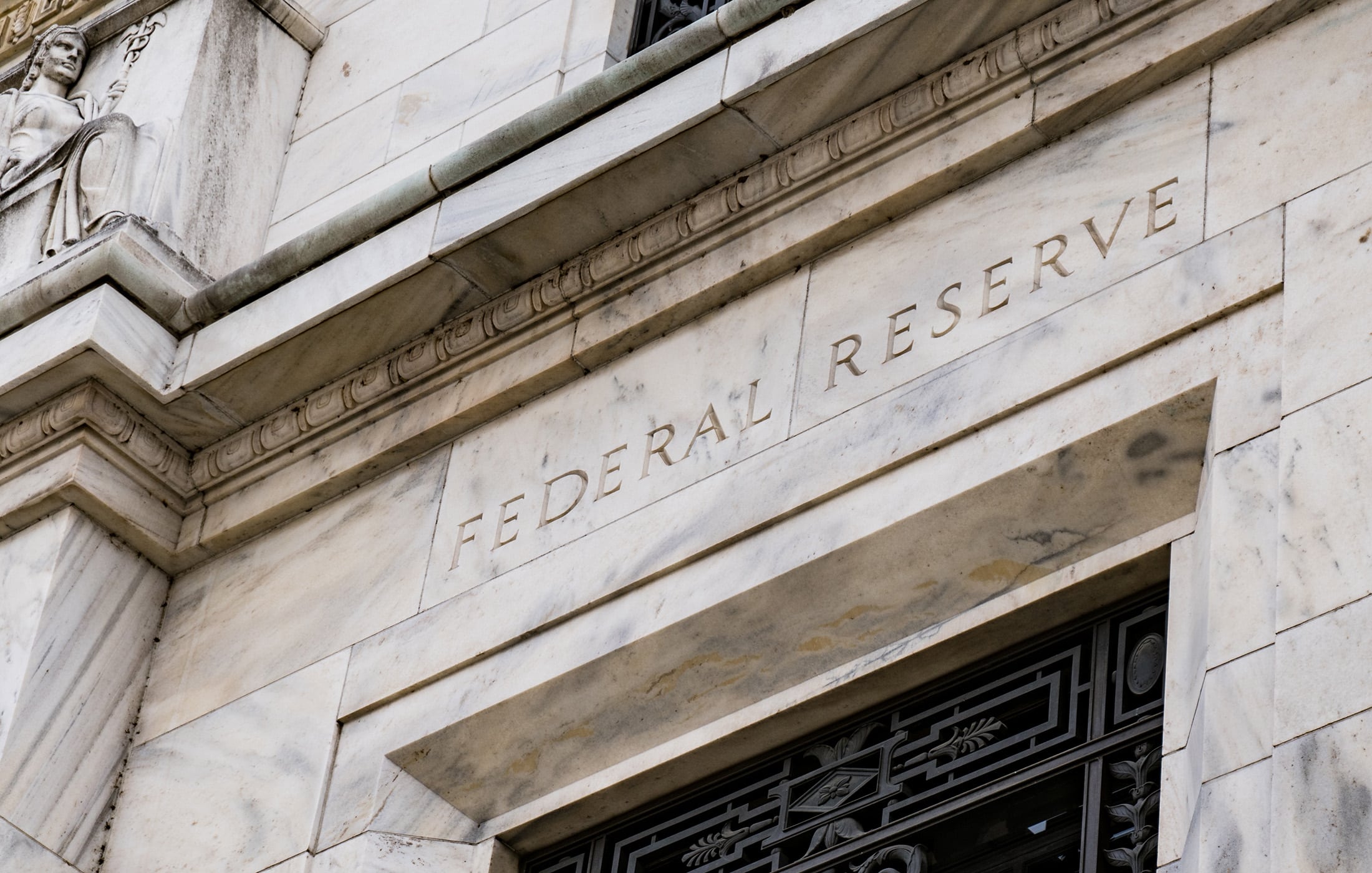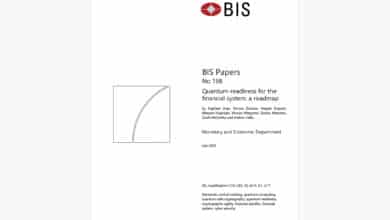U.S. Federal Reserve Warns of Quantum Threat to Bitcoin

1 Oct 2025 – The U.S. Federal Reserve is sounding the alarm that future quantum computers could pose a serious threat to the security of cryptocurrencies like Bitcoin. In a new study titled “Harvest Now, Decrypt Later,” Fed analysts warn that once sufficiently powerful quantum computers exist, they could decrypt historical Bitcoin transactions, potentially revealing years’ worth of users’ transaction histories that are currently hidden by cryptographic keys.
The core issue highlighted is the “harvest now, decrypt later” (HNDL) attack strategy. Adversaries can intercept or copy encrypted data today – for instance, the encrypted components of Bitcoin transactions or any other data protected by standard encryption – and simply store it. Even though they can’t crack it now, they’re stockpiling it. Then, when a powerful quantum computer (someday) can break the cryptography (like the elliptic curve signatures used in Bitcoin), those adversaries can decrypt everything they’ve harvested, exposing information retroactively.
In the context of Bitcoin, this could mean revealing the private keys of addresses (hence allowing theft of funds) or deciphering details of transactions that users thought were anonymous. Bitcoin’s protocol relies on ECDSA (elliptic curve digital signature algorithm) to secure transactions, which is known to be vulnerable to Shor’s algorithm on a quantum computer. The Fed report emphasizes that once Q-day (quantum decryption day) arrives, any blockchain ledger entries based on today’s encryption could be compromised immediately – and crucially, that risk is “already active” because of HNDL.
While the crypto community is developing post-quantum cryptography (PQC) to replace vulnerable algorithms with quantum-resistant ones (and indeed, new PQC digital signature schemes exist), the Fed study points out a grim reality: no cryptographic fix can retroactively protect data already recorded on public ledgers. Upgrading Bitcoin or other networks to PQC would secure new transactions going forward, but any sensitive data from the past (public keys, encrypted messages, etc. on the chain) would remain at risk if captured. It’s a bit like changing the locks on your house – it doesn’t matter if a thief already stole a copy of the old key.
The Fed researchers (Jillian Mascelli and Megan Rodden) underline this by using Bitcoin as a case study of a decentralized system uniquely vulnerable due to its transparency and reliance on long-term cryptography. Every Bitcoin transaction is recorded openly; you typically have sender public keys that eventually become known. If those public keys can be back-derived to private keys via a quantum attack, an attacker could not only steal funds but also deanonymize who made past transactions, undermining financial privacy.
The broader implication is that financial infrastructure and the internet at large need to migrate to quantum-safe encryption sooner rather than later. The Fed note calls Q-day a looming “cybersecurity issue” and suggests that the real danger is complacency until quantum computers are clearly powerful – by then, it would be too late, since adversaries might have quietly amassed troves of encrypted data (from bank records to military communications to blockchain data) waiting to decrypt.
To mitigate this, the Fed’s message is essentially: begin the transition to post-quantum cryptography now. Upgrade blockchain protocols, secure internet traffic with PQC (as companies like Cloudflare and Google are starting to do), and treat any sensitive encrypted data as potentially time-sensitive in terms of secrecy. Notably, the U.S. government itself (through NIST) has standardized PQC algorithms, and regulators are nudging financial institutions to inventory and upgrade their cryptography.
In summary, the Federal Reserve’s study is a wake-up call. It puts an official, conservative voice behind what security experts have been cautioning: quantum computing poses a real, if still future, threat to data security – and for public ledgers like Bitcoin, the clock is ticking. The value in Bitcoin and other crypto might incentivize well-funded attackers to attempt HNDL strategies even now. So the Fed’s advice aligns with an old proverb: fix the roof while the sun is shining. The quantum storm is not here yet, but prudent preparation must begin.
Quantum Upside & Quantum Risk - Handled
My company - Applied Quantum - helps governments, enterprises, and investors prepare for both the upside and the risk of quantum technologies. We deliver concise board and investor briefings; demystify quantum computing, sensing, and communications; craft national and corporate strategies to capture advantage; and turn plans into delivery. We help you mitigate the cquantum risk by executing crypto‑inventory, crypto‑agility implementation, PQC migration, and broader defenses against the quantum threat. We run vendor due diligence, proof‑of‑value pilots, standards and policy alignment, workforce training, and procurement support, then oversee implementation across your organization. Contact me if you want help.



